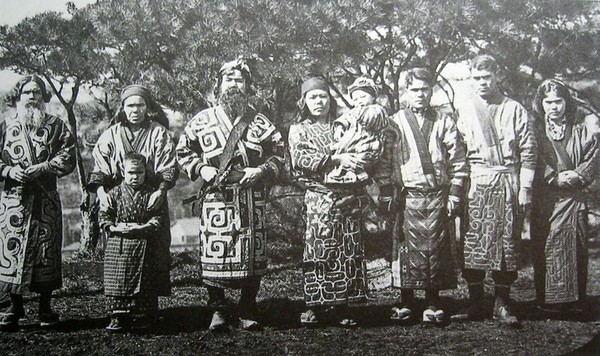Bear is a large animal, considered to represent strength and courage. That is why the image of the bear appears in many civilizations as a very meaningful symbol, some tribes even have customs to worship bears.
Image of Ainu tribe members in 1902.
The Ainu are an indigenous people of Japan. The Ainu were largely hunter-gatherers and fishermen who once inhabited the Hokkaido region, the Kuril Islands, and much of Sakhalin. Today, only a small number of Ainu remain in Hokkaido, although their culture has been virtually wiped out, including the worship of bears.
The origin of the Ainu people has always been a big question for anthropologists. That is because the Ainu people were only discovered by Western researchers in the late 19th century.

They were confirmed to be neither Japanese nor Asian. However, they had physical characteristics quite similar to Asians such as curly hair, hairy bodies, small eyes and developed chins.
What has fascinated Western anthropologists and scientists in this tribe is the bear worship. Experts first observed bear sacrifices in this tribe in the 1920s. This activity immediately reminded Western scientists of the Stone Age bear worship when bears were considered “great goddesses” or “mother bears”.
And surprisingly, the Ainu were the only tribe in the 20th century that still fully practiced bear worship.
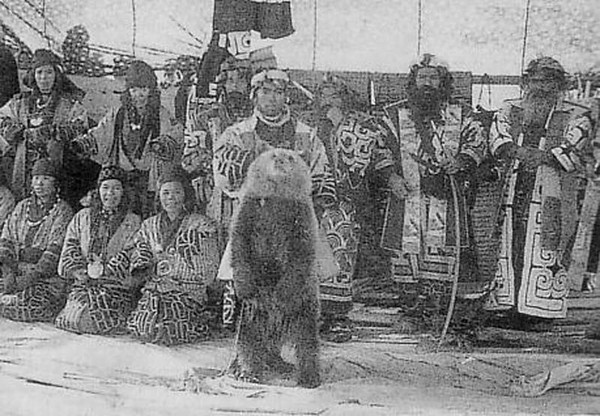
The Ainu are the only tribe in the 20th century that still fully practice bear worship.
According to many recorded documents, the bear used in Ainu tribe rituals must be male, unlike the "great goddess" symbol in Stone Age customs.
This is explained as the sacrifice of the “mother bear” - the symbol of the Goddess of Life - is completely disrespectful and wrong. The Ainu also believe that the mountain god Chira-Mante-Kamui borrowed the bear's body to "visit" the earth and humans.
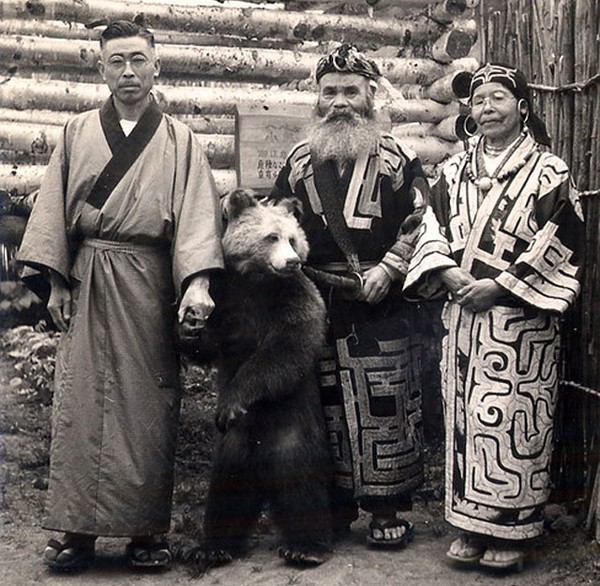
The gods of the Ainu tribe considered humans as equals and always wanted to be close to humans. That is why the gods gave their flesh and skin - bear skins and bear meat - as a reward to humans. The act of "killing" bears is believed to free the gods from the mortal flesh and transcend, returning to their world soon.
When a bear is caught in the mountains, it is brought back to the village and raised in a large wooden cage. The bear is carefully cared for and fed human food.
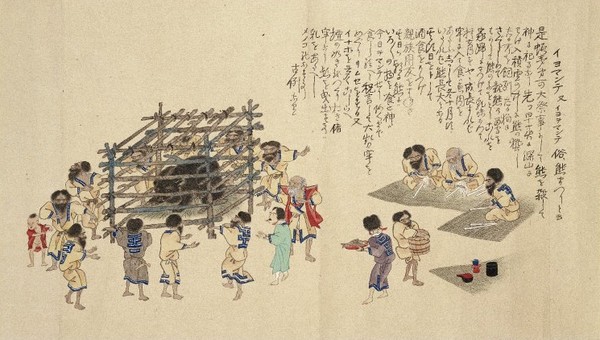
The bears will be raised in a wooden cage...
Even if the bear is too young and has no teeth, it will be breastfed by humans. The Ainu will raise the bear until it is 2-3 years old. Then, a festival called "Bear" or Iomante or Kumamatsuri will be held. This festival usually occurs in the middle of winter when the bear's fur is thickest and its meat is fattest.

...and get to eat somethingc eat human flesh.
The ceremony begins when the bear is brought out and placed between the altar and the “god door”. The Ainu will kill the bear with a hard arrow or a piece of wood and place it in front of the altar. Then, the Ainu people will dance around it.
.jpg_6.jpg)
The festival lasts for three days and nights. The first night is the most important and is called Keo-mante, which means sending the body away. The bear’s brain, tongue and eyes are removed and replaced with flowers. This ritual is performed at midnight to help the spirit of the god return to heaven. Women are strictly forbidden from participating in the ritual.
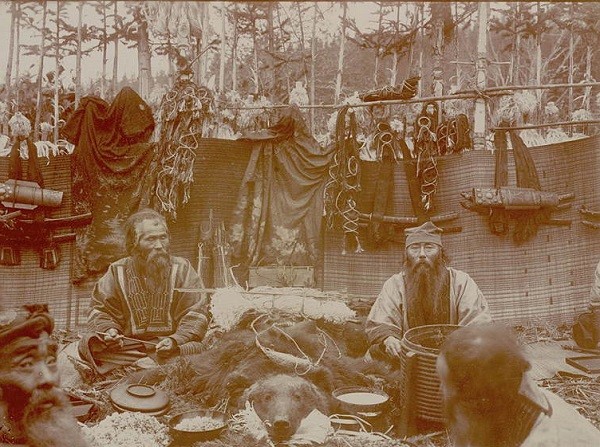
This ritual is a testament to the Ainu tribe's belief in bears, believing that bears are the embodiment of gods. Although the custom of sacrificing bears has disappeared due to changes in the living environment as well as changes within the Ainu community itself, there are still sources that say this worship ritual is still performed in certain regions of Japan.
* The article uses reference materials from the following sources: All That Is Interesting, Ainu Mythology, Bears...






